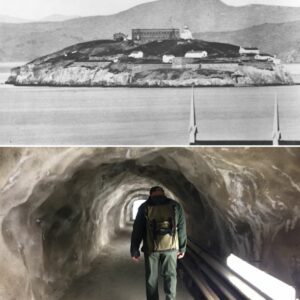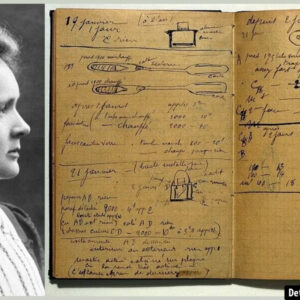Temple Bar stands as one of London’s most iconic landmarks, offering a fascinating glimpse into the city’s rich architectural, cultural, and royal history. Originally marking the boundary between the City of London and Westminster, Temple Bar served not only as an entrance to the city but also as a symbol of power, justice, and the royal connection. This gateway, steeped in tradition, witnessed centuries of historical events, from royal processions to grim public executions. Its journey from a humble gatehouse to a grand monument, and eventually back to the heart of the city, speaks volumes about London’s dedication to preserving its heritage.
Early Origins and the Rise of Sir Christopher Wren’s Temple Bar
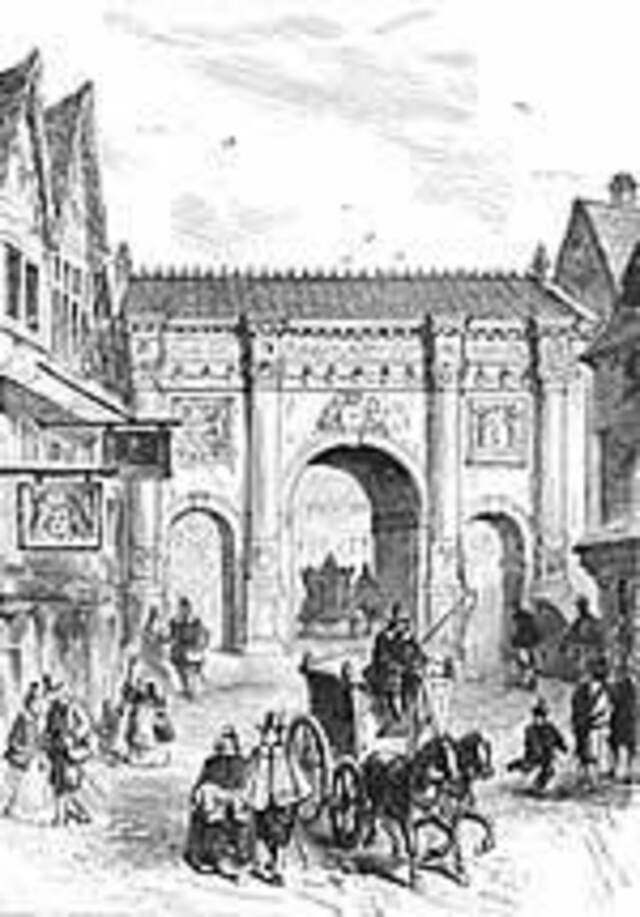
Temple Bar’s history stretches back to the 13th century, where it was initially nothing more than a simple chain stretched across the road. The name “Temple Bar” originates from the nearby Temple area, home to the Inns of Court, the heart of London’s legal district. The chain marked one of the main entrances to the city, providing access to this important area.
However, by the 17th century, this humble structure was replaced by something much grander. After the Great Fire of London in 1666, the city needed to rebuild many of its landmarks. The revered architect Sir Christopher Wren was commissioned to design a new Temple Bar, completed in 1672. The new archway, constructed from Portland stone, became a symbol of the city’s recovery, and Wren’s influence marked the Bar as a prominent architectural piece in the landscape of London.
Video
Watch London Temple Bar Gate Through Time (1620 to 2024) to explore the rich history of this iconic landmark. A fascinating journey through time!
Temple Bar’s Role in Ceremonies and State Events
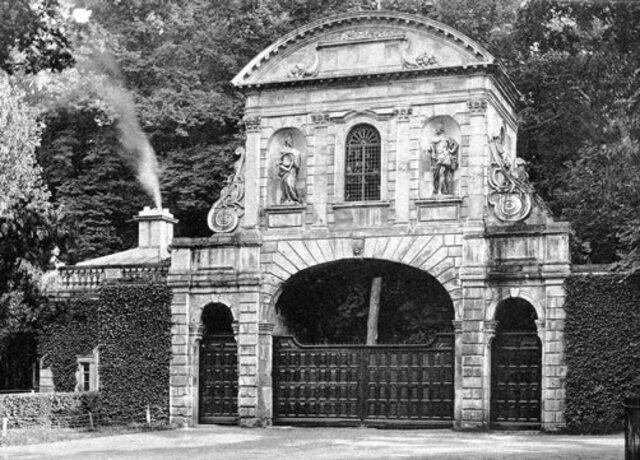
Temple Bar’s most important role was as the site of royal ceremonies and state events. Perhaps the most famous of these events was the triumphal procession of Queen Elizabeth I, where the Lord Mayor of London presented the keys of the city to the sovereign, symbolizing the city’s loyalty. This tradition has been maintained for centuries, with the Queen halting at Temple Bar on major occasions to receive the Lord Mayor’s Sword of State as a sign of allegiance.
The Bar also witnessed other significant moments, such as the wedding procession of Mary Tudor to Philip of Spain and the funeral cortege of Queen Elizabeth of York. These events elevated Temple Bar to more than just a city gate; it became a place of ceremonial importance, linking the monarchy with the people of London.
The Dark Side: Temple Bar’s Role in Public Executions
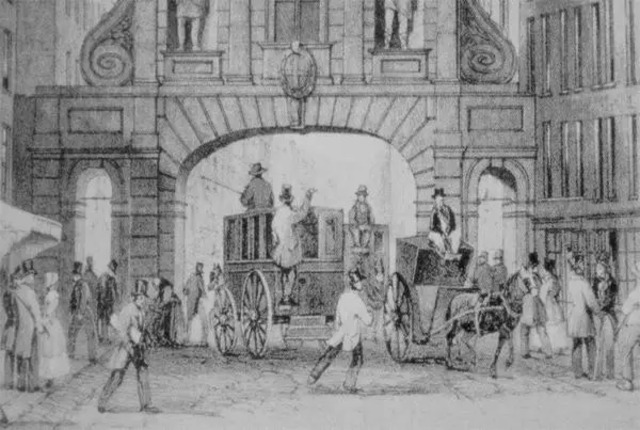
Despite its grandeur, Temple Bar also had a darker side. Throughout the 18th century, the Bar became infamous for displaying the heads of traitors on iron spikes, a grim spectacle for the public. One of the most notorious instances was the display of the heads of those involved in the Rye House Plot, which resulted in a particularly macabre spectacle. The sight of traitors’ heads became a grim reminder of the consequences of defying the crown and a part of London’s notorious public punishments.
As gruesome as it was, the practice of displaying these heads also made Temple Bar a point of public curiosity and a chilling symbol of the power of the monarchy during turbulent times in British history.
The Removal and Preservation of Temple Bar
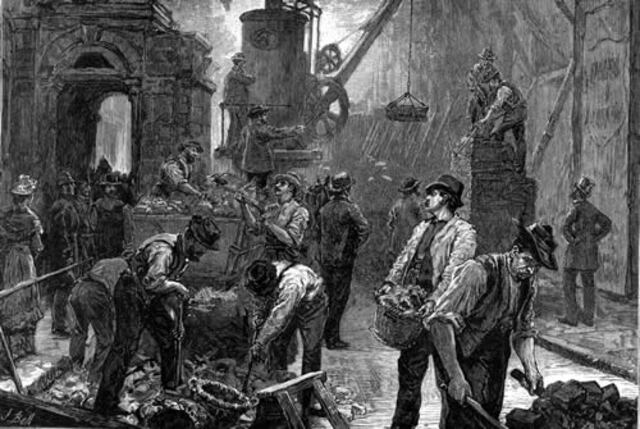
By the 19th century, changes in urban planning and the increasing need for better traffic flow led to the removal of Temple Bar. The construction of the Royal Courts of Justice necessitated the destruction of the arch, and it was dismantled in 1878. The stones were carefully numbered and stored, preserving the archway’s legacy despite its physical removal from Fleet Street.
While many Londoners mourned the loss of such an iconic landmark, the Bar was not forgotten. The Corporation of London made it their mission to preserve Temple Bar and found a new home for it in Theobalds Park, Hertfordshire. The grand archway was rebuilt on Lady Meux’s estate, where it would serve as an elegant gateway to the park. Here, Temple Bar took on a new life, entertaining dignitaries and hosting elaborate gatherings for the British elite, including Edward VII and Winston Churchill.
Life at Theobalds Park: Lady Meux and Temple Bar’s New Life

Lady Meux, a woman of eccentric character, played a crucial role in the preservation of Temple Bar. After marrying into a wealthy family, she decided to rebuild the Temple Bar in her Hertfordshire estate. She transported more than 2,500 stones, weighing nearly 400 tons, to the site, and in just eight months, Temple Bar was rebuilt, becoming a central feature of Theobalds Park. The ceremony to celebrate the Bar’s re-erection was grand, attended by notable figures and featuring special trains to bring visitors to marvel at the majestic arch.
Lady Meux’s eccentricities and love for the Bar were well known. It is said that she entertained distinguished guests in the upper chamber of the archway, which was decorated with Vanity Fair cartoons. These gatherings were not just for the aristocracy; Lady Meux also invited political figures and members of the royal family, cementing Temple Bar’s status as a symbol of grandeur.
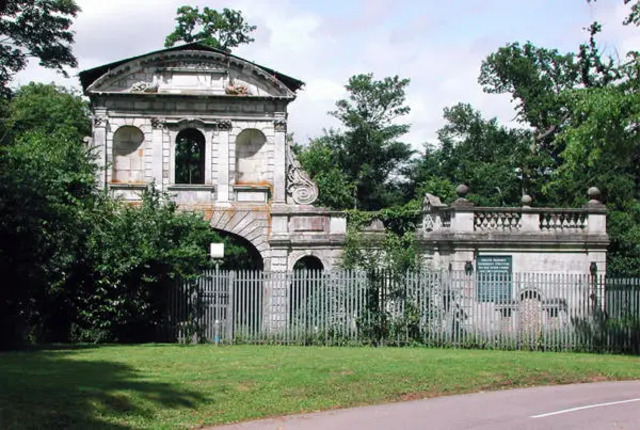
Restoration and Return to London: Temple Bar’s Modern-Day Journey
Despite its relocation, Temple Bar’s place in the hearts of Londoners never faltered. In 1976, the Temple Bar Trust was established with the goal of bringing the Bar back to London. The effort to restore the monument and return it to its rightful place began in earnest, with the support of the Corporation of London and donations from preservationists.
The restoration work was completed in 2004, and Temple Bar was placed back in the City of London, now situated in Paternoster Square, near St. Paul’s Cathedral. The decision to return Temple Bar to its original home was a landmark moment in the preservation of London’s architectural history, and the reconstructed arch serves as a reminder of the city’s deep connection to its past.
Gallery of Images: A Visual Journey Through Temple Bar’s History

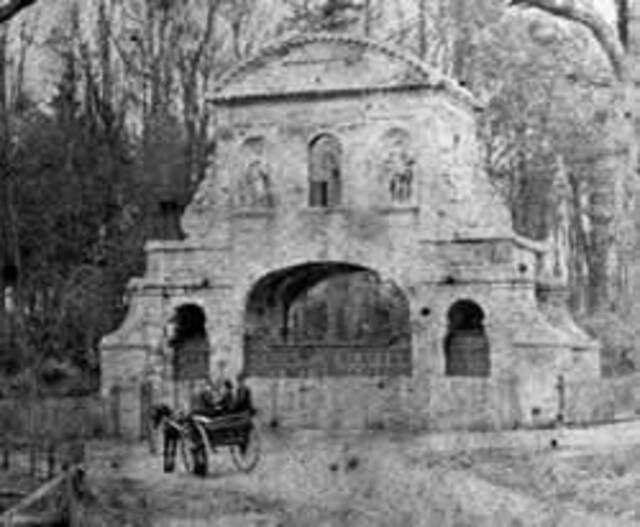

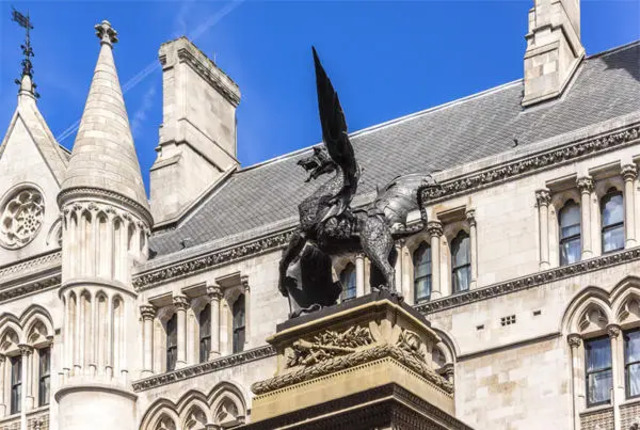
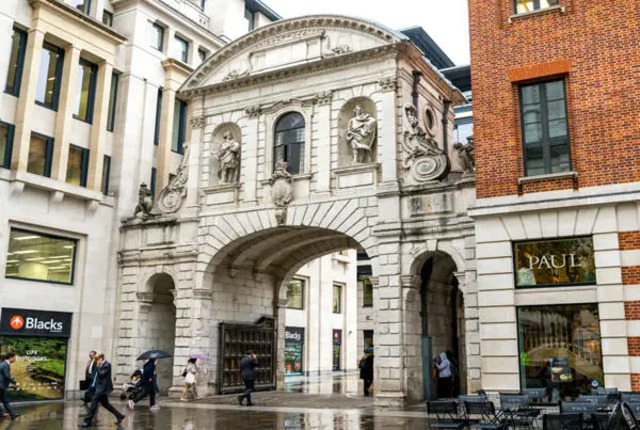
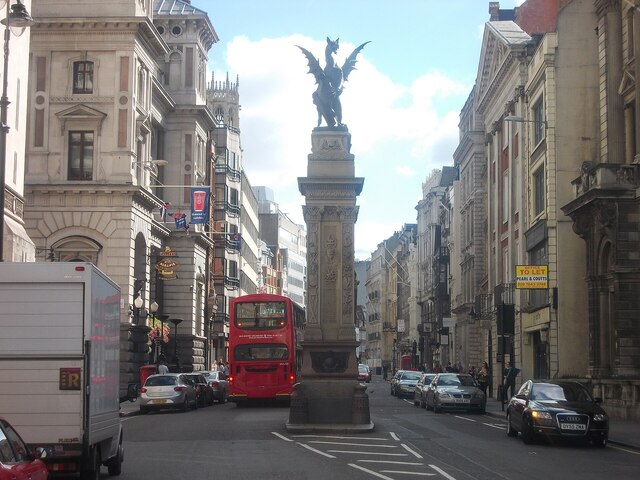
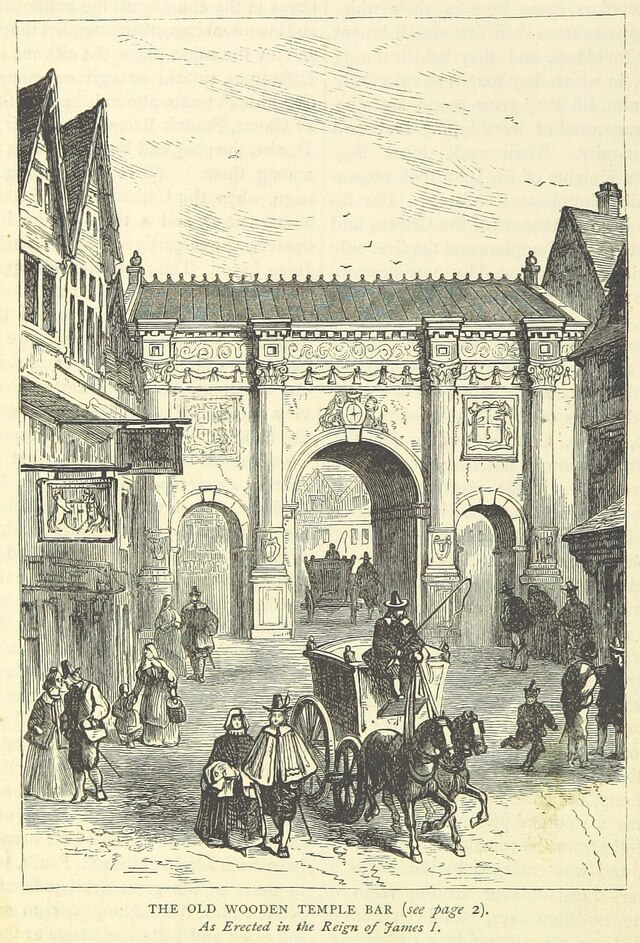
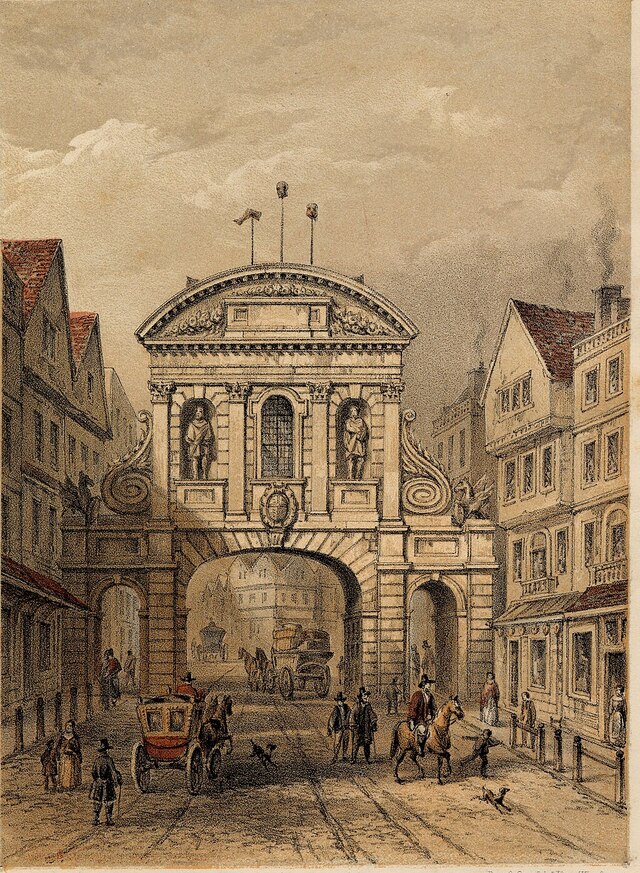
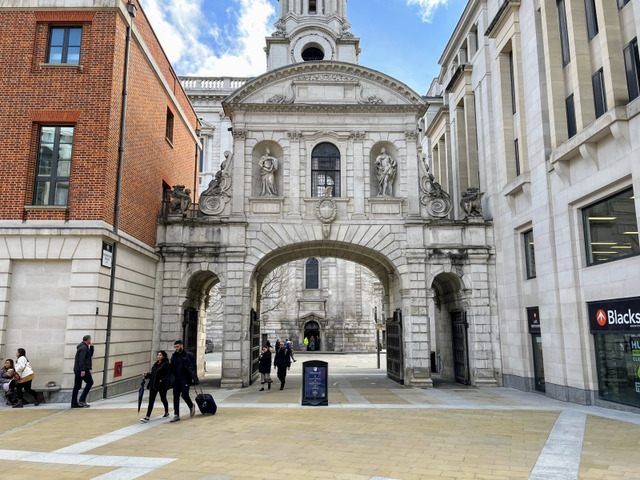
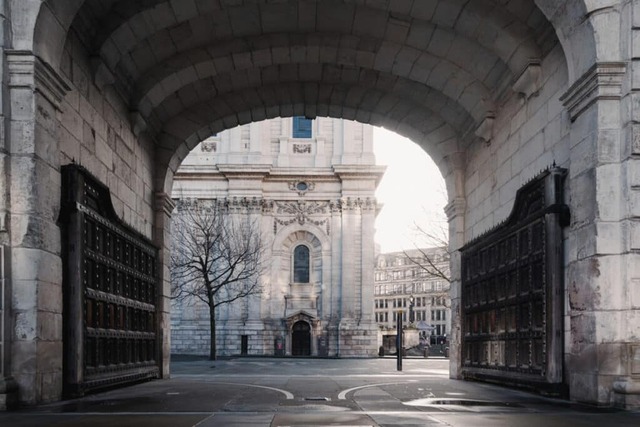
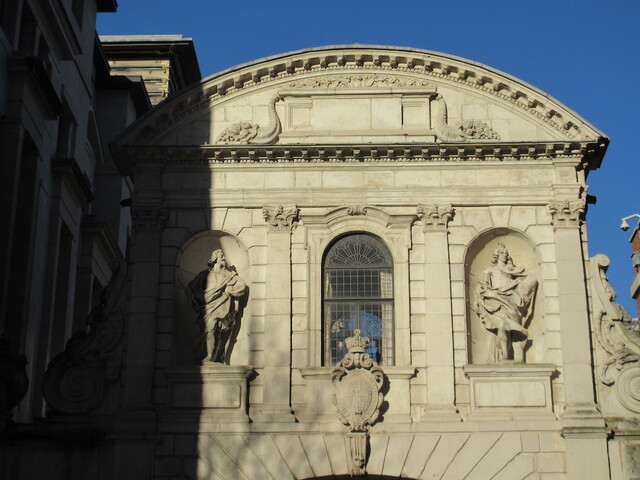


Video
Watch King and Queen at Temple Bar (1946) to witness this historic moment at one of London’s most iconic sites. A captivating piece of history!
Conclusion: Temple Bar’s Enduring Legacy
Today, Temple Bar stands as a testament to London’s rich history, from its role as a ceremonial gateway to its place in the stories of the monarchy, public executions, and urban transformation. Though its location has shifted, the symbolic significance of Temple Bar remains undiminished. Whether in its original spot at the junction of Fleet Street or in its current place near St. Paul’s Cathedral, Temple Bar continues to be a proud symbol of London’s enduring legacy.
Through its restoration and careful preservation, Temple Bar now represents not only the city’s architectural ingenuity but also its ability to honor its history and traditions while adapting to the modern world.

